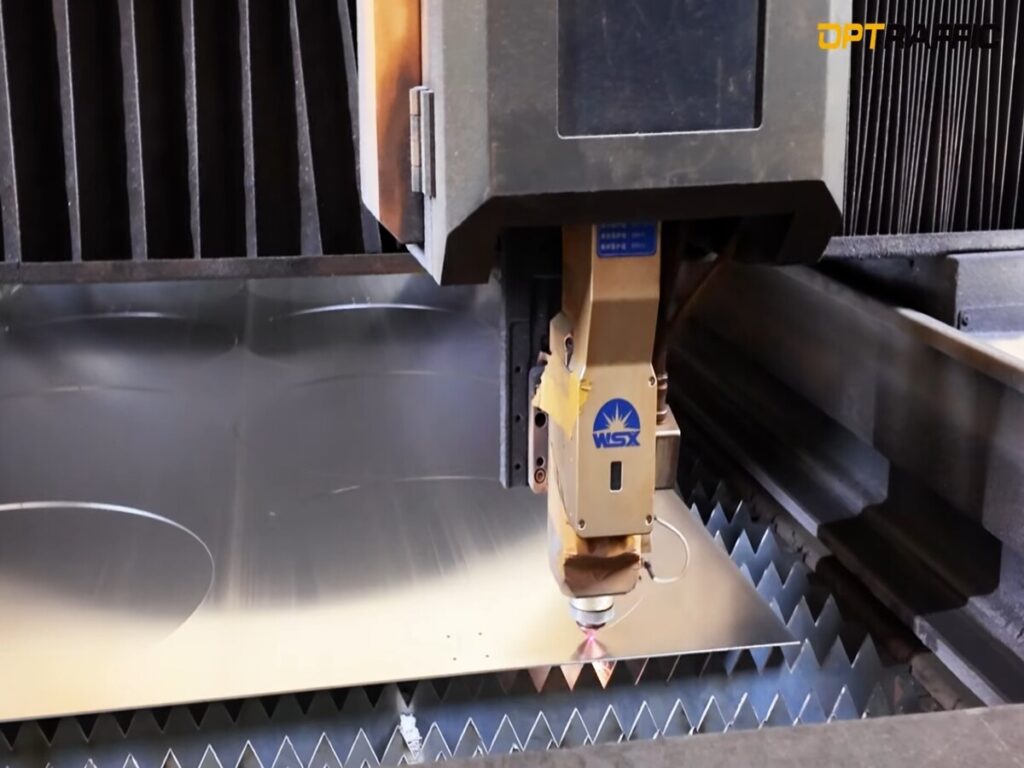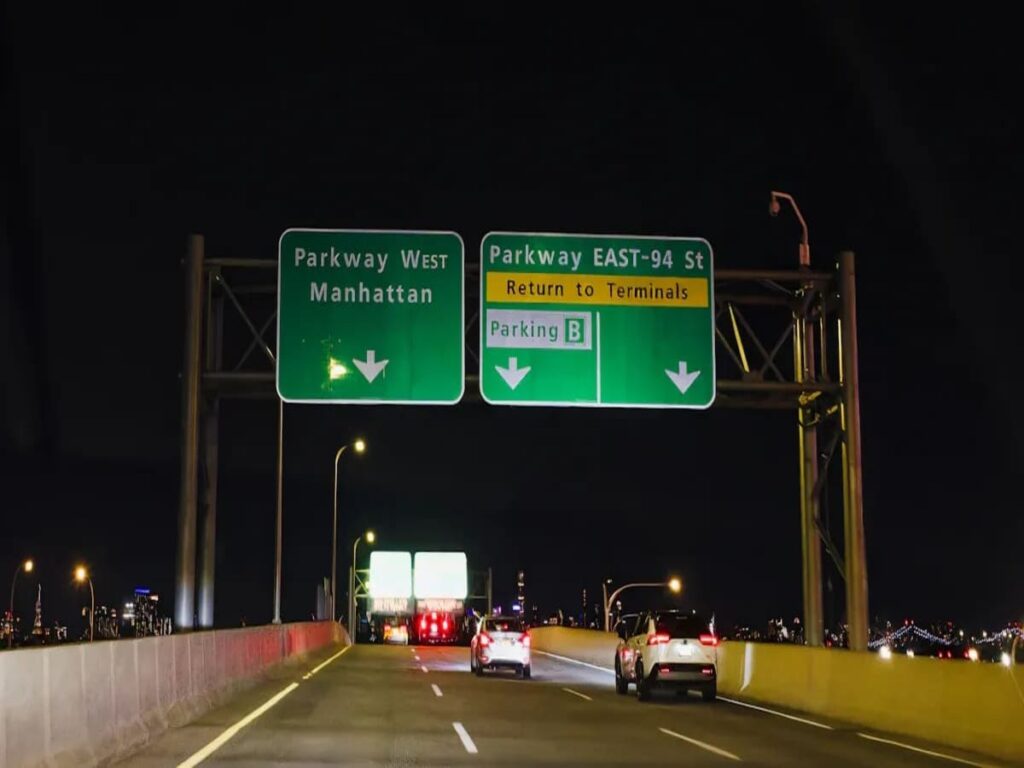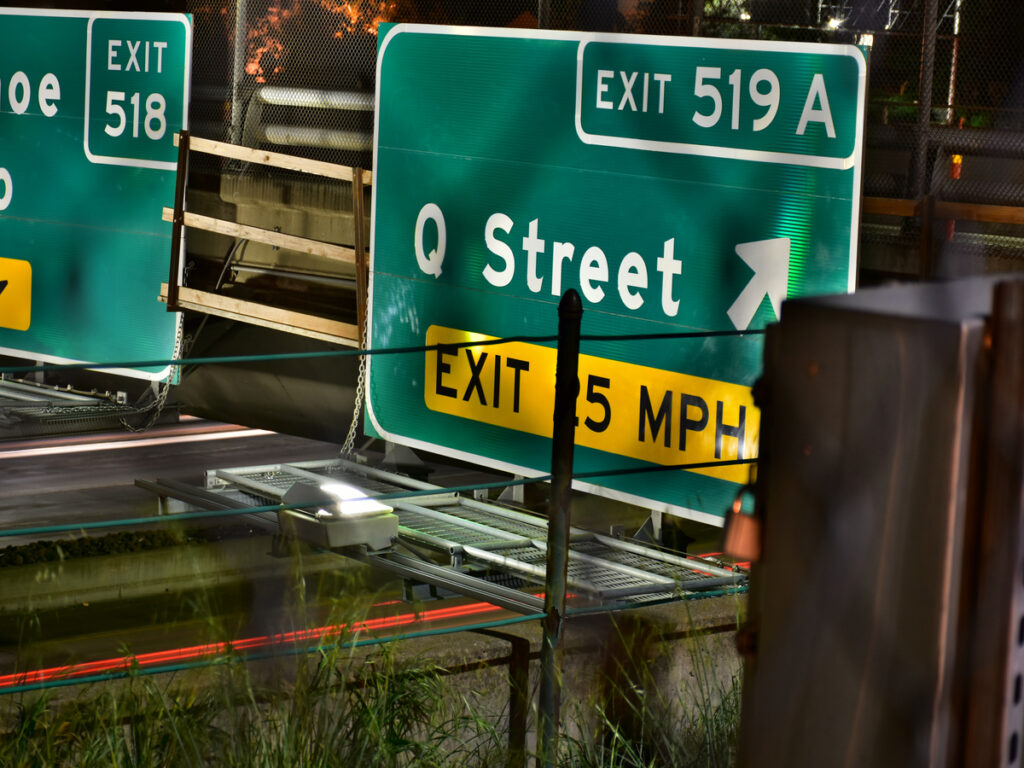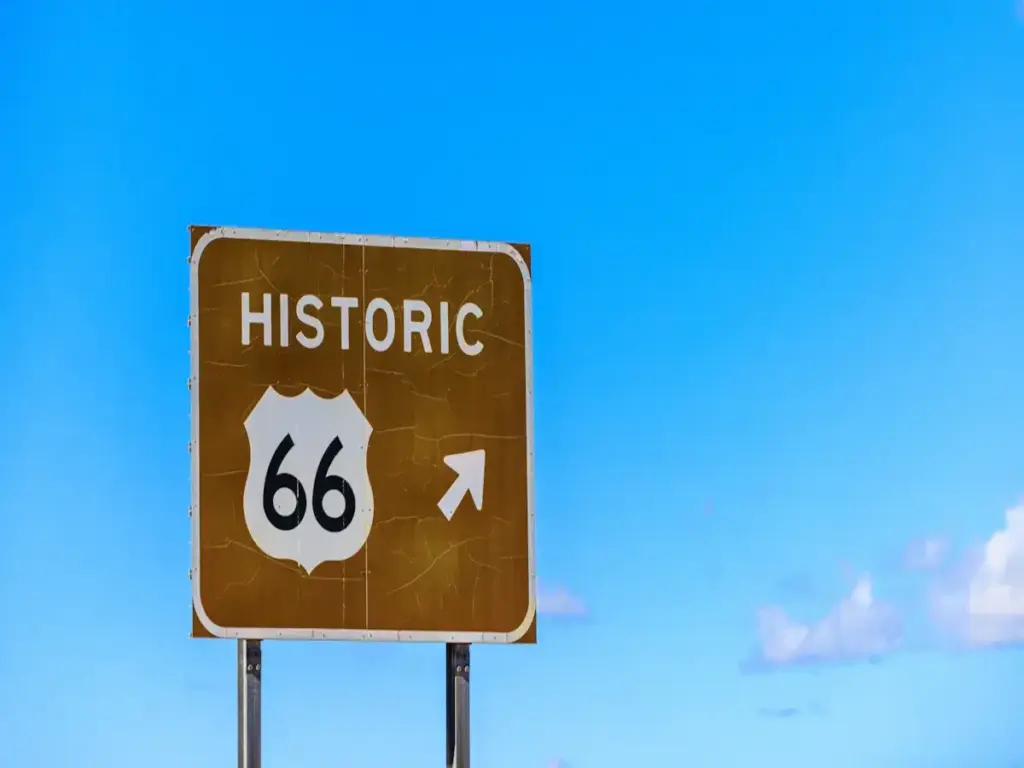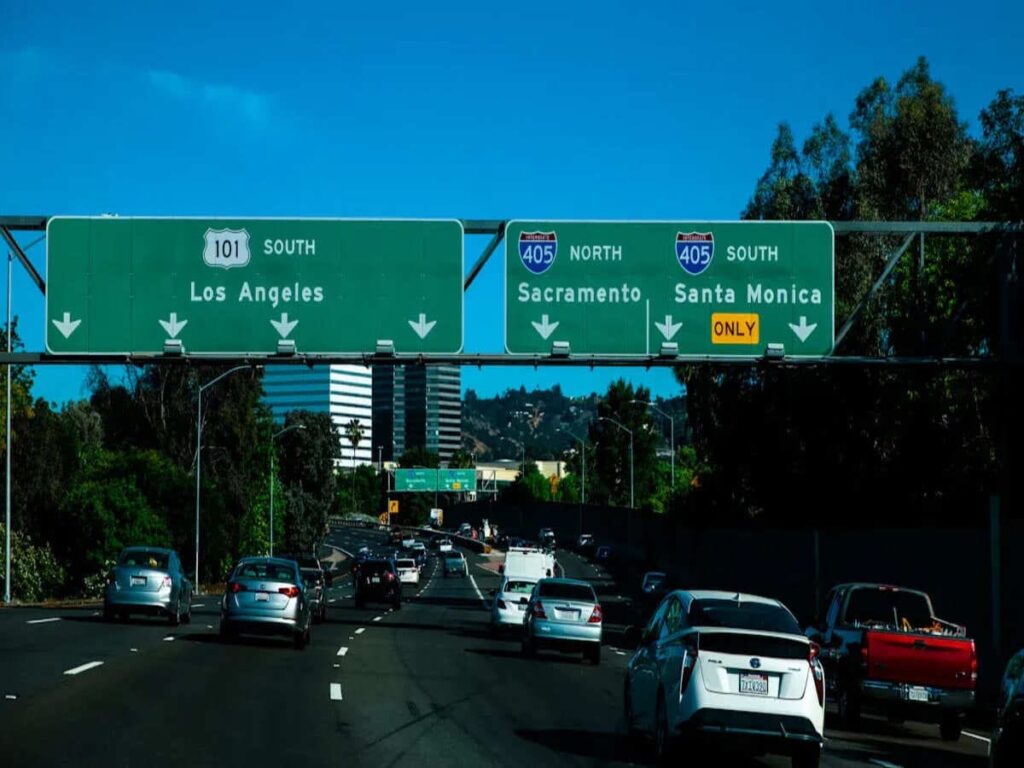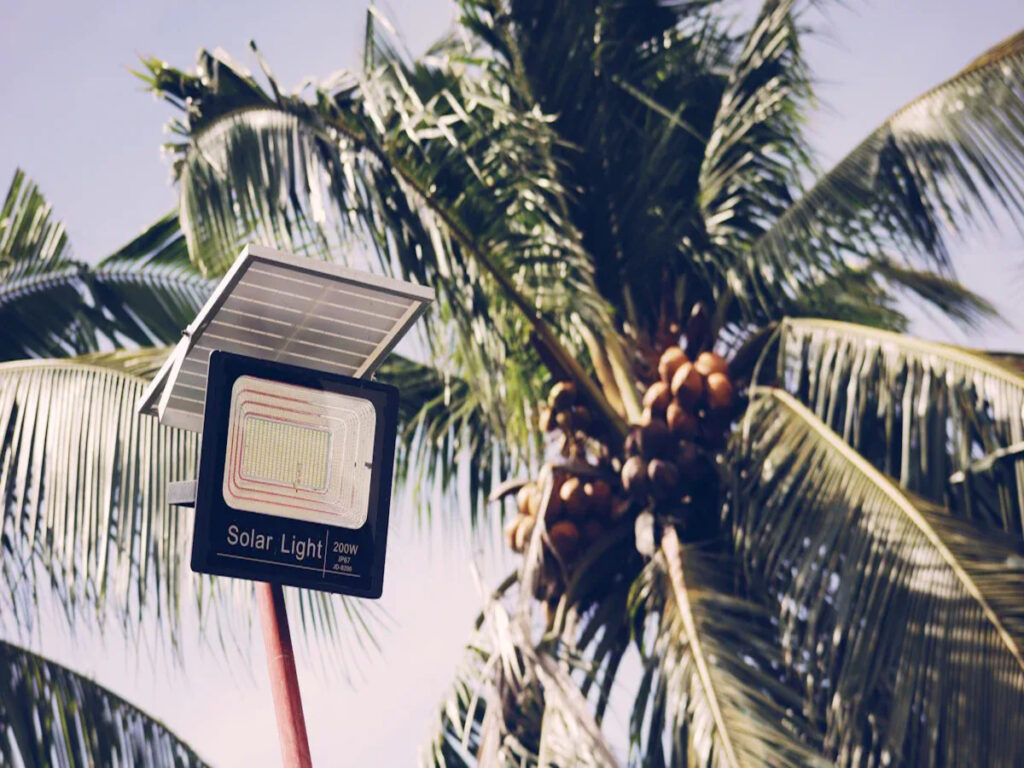
Reliable traffic warning lights help keep roads safe. These roads can have tough weather and conditions. The IP rating system shows how well things are protected. It gives clear rules for dust and water safety. IP67 rated warning lights stop dust from getting inside. They can also handle short times under water. This makes them very useful in places with floods or lots of dust. If warning lights do not have the right ip rating, they might stop working. This can make warning systems and road users unsafe. Good protection helps traffic warning lights last longer. It also means they need less fixing.
IP Rating Explained
What Is IP67?
The IP rating system helps people understand how well a device can resist dust and water. This system uses two numbers after the letters “IP”. The first number shows how much protection the device has against dust and solid objects. The second number shows how much protection it has against water and moisture. Many countries use the international standard EN 60529 for these ratings. Traffic warning lights need a high IP rating to keep working in harsh places. The IP 67 rating means the device is completely dust-tight and can handle being under water for a short time. This level of protection keeps the lights safe from dust, dirt, and moisture. It also helps the lights last longer and work better in all weather.
The importance of IP ratings is clear for traffic warning lights. These lights must stay bright and reliable, even when exposed to moisture, dust and vibrations. A high IP rating ensures the enclosure keeps out dust and water, which helps prevent failures and keeps roads safe.
Dust and Water Protection
Traffic warning lights with a high IP rating go through strict tests. Independent laboratories check if the lights can keep out dust and water. They use dust chambers and water tanks to test the enclosures. The IP67 rating means the light can stay under water up to 1 metre deep for 30 minutes. It also means no dust can get inside. Manufacturers use strong seals, rubber gaskets, and special coatings to stop moisture and dust from entering. Cable entries and connectors have waterproof seals for extra protection against liquids. These features give high water protection and keep the lights working in all conditions.
- Tests for ingress protection ratings include:
- Waterproof immersion tests
- Dust-tightness tests
- Vibration and temperature tests
- Corrosion and salt spray tests
These tests prove that IP67 traffic warning lights can handle moisture, dust and vibrations. They keep working in storms, floods, and dusty roads. This level of protection against dust and water helps cities and towns save money on repairs and keeps drivers safe.
Safety in Harsh Environments
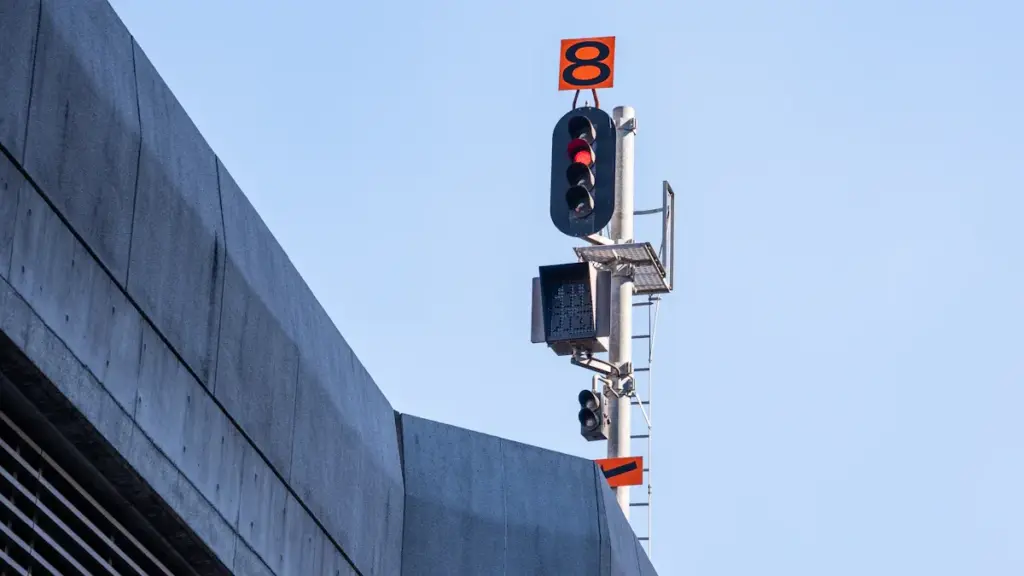
Environmental Hazards
Traffic warning lights face many dangers in places with floods, dust, or near the sea. Dust and dirt can cover the lights and get inside them. This makes the lights dimmer and can make them too hot. Wet air and water can cause metal parts to rust and break down. These problems make the lights weaker and can stop them from working. Water can also mix with electricity and cause short circuits. When this happens, it can be unsafe for drivers and workers.
Using sealed covers, special materials that do not rust, and high IP-rated lights helps stop these problems. These things are very important where there is a lot of dust, dirt, or wet air. Lights that can handle tough weather keep working well, even in storms or floods.
Reliable Warning Performance
IP67 rated traffic warning lights keep out water and dust very well. This makes them work well in hard places. The lights use bright LEDs that can be seen from far away. Drivers and workers can see the lights in rain, fog, snow, and at night. The lights shine in all directions so everyone can see them. Strong parts, UV protection, and tough designs keep the lights safe from damage.
The lights can flash in different ways for different warnings. They can shine through thick fog so people can still see them. The strong case keeps out dust and stops rust, so the lights work on building sites and other hard places. Good cooling stops the lights from getting too hot, so they last longer and do not break easily.
Real-life stories show how these safety features help. A fishing boat in hot, wet places changed to LED explosion-proof lights with IP67. This saved 30% energy and made the lights work better in bad weather. The boat was safer and had fewer problems.
Many cities where storms happen now use IP67 warning lights. These lights help people see better at night and in bad weather. Workers and drivers can spot dangers more easily. Portable lights can be moved quickly to show danger or make safe areas. Solar-powered lights do not need power from the grid, so they work even if the power goes out. LEDs last a long time, so there is less fixing and fewer problems in dangerous places. Different colours show different dangers fast. Smart systems let people check and control the lights from far away, making it easier to keep everyone safe.
All these things help people notice danger, talk to each other, and keep the lights working. Safety is always the most important thing, so roads and work areas stay safe.
IP67 Benefits
Durability and Longevity
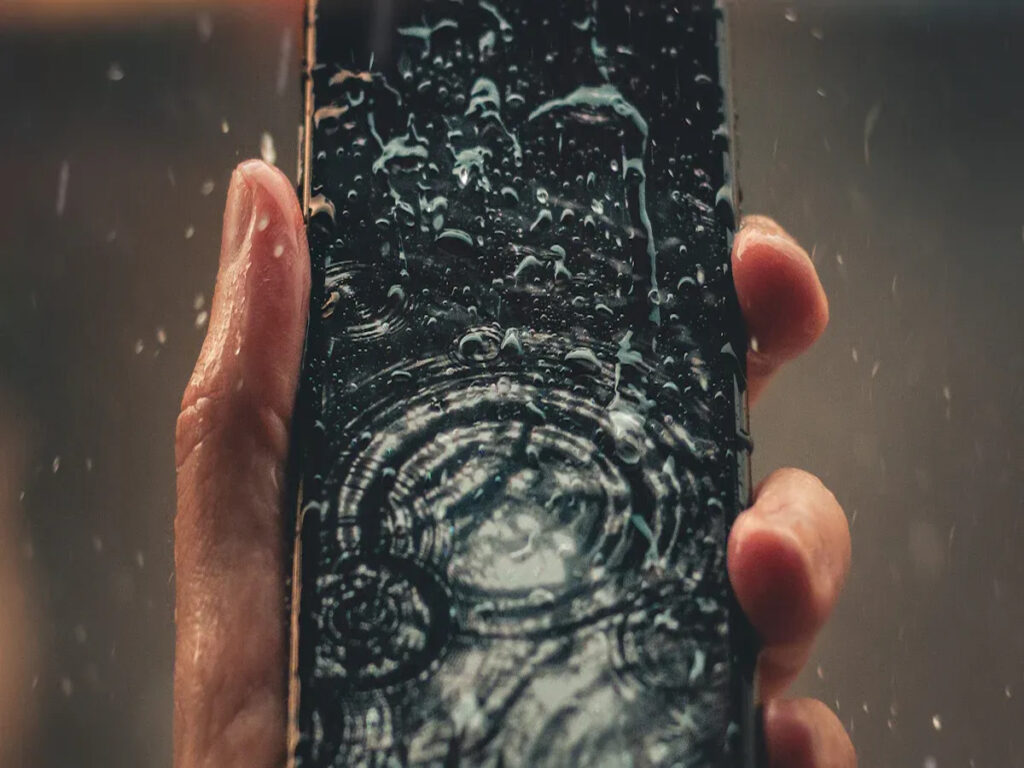
IP67-rated traffic warning lights are very tough and last a long time. These lights have sealed cases and use metals that do not rust, like aluminium and stainless steel. The strong outside keeps out dust, water, and bumps. The lenses are made from polycarbonate, which does not break or crack easily. This build helps the lights keep working in bad weather or after shaking.
IP67 means no dust can get in and the lights can go under water for a short time, up to one metre deep. Lights with lower ratings, like IP65 or IP66, do not protect as well. In places with floods or dust storms, IP67 lights work better and break less often. The sealed case stops dust from getting inside, so the lights do not get too hot or stop working early. These lights also work in very hot or cold weather, from -40°C to +80°C, and stay bright for a long time.
Using strong materials and good seals helps IP67 lights last longer and need fewer changes. This makes them a good pick for cities, country roads, and factories.
Reduced Maintenance
IP67 protection means you do not need to fix the lights often. The sealed case keeps water and dust out, so the inside parts do not rust or break. This means the lights fail less and you spend less time fixing or swapping them. Towns and companies save money because the lights last longer and work well in hard places.
- Main benefits of less fixing:
- Lower repair bills over time
- Less time when lights do not work
- Fewer problems for road safety
Cities, country areas, and factories all get help from these features. In cities, the lights face rain, dust, and dirty air. In the country, they deal with mud, floods, and changes in weather. Factories have dust, shaking, and strong chemicals. IP67 traffic warning lights work well in all these places and give good protection and steady use.
Checking the waterproof seals sometimes helps keep the lights safe, but you do not need to fix them much compared to lights with lower ratings. This keeps roads safer and lowers the chance of sudden problems.
Choosing Traffic Warning Lights
Application Needs
Picking the right IP rating helps warning lights work in hard places. People should think about the road, how many cars use it, and the weather. A high IP rating like IP67 keeps out dust and water very well. This is best for places with floods or lots of dust. The warning light should be bright enough for the road size and traffic. Strong parts like polycarbonate lenses and aluminium cases help the lights last longer. Lights need to handle heat and shaking to work in hot or bumpy spots. Following safety rules makes sure the lights are safe for everyone.
Tip: Always look at the IP ratings and check that the warning lights follow local and international safety rules.
Energy Efficiency
LEDs make warning lights use less energy. LEDs need less power than old bulbs. For example, 20 LED lamps use about 6 watts. Old lights can use up to 200 watts. This means you pay less to run them and do not need big batteries or solar panels. LEDs last much longer, sometimes up to 50,000 hours, so you do not fix them often. The strong IP67 case keeps LEDs safe from dust and water. This helps them stay bright and work well. Using LEDs helps towns and cities save money and care for the environment.
| Lighting Type | Power Use (Watts) | Lifespan (hours) | Energy Efficiency (lm/W) | Durability (IP Rating) |
|---|---|---|---|---|
| Traditional (Halogen/Fluorescent) | 80–250 | 1,500–7,000 | 15–55 | IP20–IP44 |
| IP67-rated LED | 24–70 | 40,000–60,000 | 110–160 | IP67 |
Installation Tips
Putting in warning lights the right way helps them work well. Installers should use waterproof boxes and cable glands to keep water out. Stainless steel or anodised aluminium brackets hold the lights steady and stop rust. Lights should be put at the right height and angle so drivers can see them. Checking and cleaning the lenses keeps them clear and bright. Installers should follow local electrical rules and use the right wires and fuses. Good grounding stops electricity from leaking. Modular designs make it easy to fix or swap parts. Always check the supplier’s warranty and after-sales help for long-term safety.
Note: Getting a professional to install and check the lights helps them stay safe and work well in all weather.
IP67-rated traffic warning lights are very strong in tough places. Their sealed cases stop dust and water from getting inside. This helps the lights work well and keeps people safe. These lights use LEDs that save energy and last a long time. They are simple to put in place. The design lets them handle hot, cold, and hard knocks. This means you do not need to fix or change them often. Experts say it is smart to use IP67-rated lights for better safety and steady use on roads. This is extra important where there is bad weather or lots of dust.
- They work well in floods, dust, and very hot or cold weather
- They are easy to see, which helps keep people safe
- You spend less money fixing them and save more over time
FAQ
What does IP67 mean for traffic warning lights?
IP67 means the light is dust-tight and can go under water up to one metre for 30 minutes. This keeps the light safe in floods and dusty places.
How do IP67-rated lights help in bad weather?
IP67-rated lights keep working in rain, floods, and dust storms. The sealed case stops water and dust from getting inside. Drivers and workers can see the lights clearly in all weather.
Do IP67 traffic warning lights need much maintenance?
IP67 lights need very little maintenance. The strong seals keep out dust and water. This means the lights last longer and need fewer repairs.
Can IP67 warning lights work with smart traffic systems?
Yes, many IP67 warning lights connect to smart traffic systems. They send data and alerts to control rooms. This helps people manage road safety better.
Are LED IP67 warning lights energy efficient?
- LED IP67 lights use less power than old bulbs.
- They last longer and save money.
- Towns and cities use less energy and help the environment.


